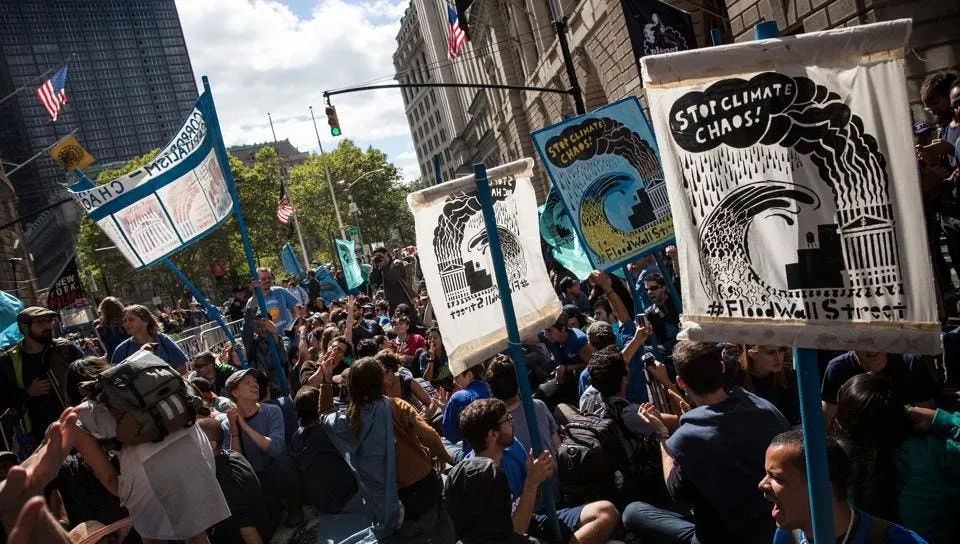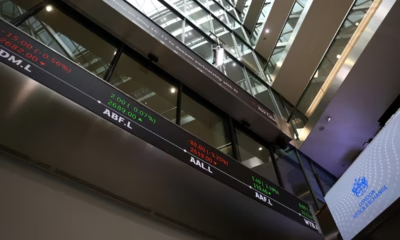Business
London at the Crossroads of a Cooling Economy and Global Rate Shifts

Introduction
London’s economy is entering a period of careful adjustment. After years of high inflation, tight monetary policy, and uneven global recovery, the city’s financial system now faces a new challenge: slower growth at home combined with shifting interest rates abroad. The capital’s long-standing reputation as a resilient economic hub is being tested as domestic caution meets global monetary uncertainty.
According to the Office for National Statistics, the UK’s GDP growth has nearly stalled in recent months, with businesses reporting weaker output and consumers reducing discretionary spending. Inflation has eased but remains above the Bank of England’s two percent target, creating an atmosphere of hesitation in both markets and households. London, as the UK’s financial and commercial center, is navigating these headwinds with a mix of prudence and guarded optimism.
The Shifting Pulse of the UK Economy
The Bank of England’s approach to interest rates continues to shape London’s economic tempo. With borrowing costs sitting at their highest level in over a decade, investment appetite has cooled across several sectors. Mortgage rates, while stable, remain high compared to the years of easy money that followed the global financial crisis. As a result, property transactions and small business lending have both slowed. Reuters data show a significant decline in business credit growth this year, especially among small and mid-sized London firms.
For consumers, wage growth has not fully caught up with inflation, limiting disposable income and dampening retail spending. The ONS retail index for London’s high streets indicates a drop in sales volumes, a sign that urban demand is still under strain. Yet the city’s economy continues to find balance through its diverse structure, with professional services, fintech, and cultural exports helping to offset weaknesses in traditional sectors.
Global Interest Rates and London’s Financial Standing
London’s financial markets do not move in isolation. The policy shifts of the US Federal Reserve, the European Central Bank, and other major central banks have direct consequences for capital flows through the City. Recent moves by the Federal Reserve to maintain higher rates for longer have strengthened the US dollar, drawing some global funds away from Europe and the UK. This has pressured London’s bond and equity markets but also enhanced its appeal as a hedging and trading hub.
IMF analysts suggest that London could benefit from renewed demand for sterling-denominated assets if global investors seek stability amid geopolitical uncertainty. However, structural factors such as post-Brexit trade friction and financial regulation complexity continue to weigh on competitiveness. The government’s recent proposals to simplify listings and modernize financial regulation are being closely watched as potential catalysts for renewed investor confidence.
Housing Market and Urban Pressures
The cooling economy has rippled into London’s property market. Average home prices have declined modestly over the past twelve months, particularly in high-end neighborhoods where international demand has softened. Data from the ONS show that average house prices in London fell by roughly two percent year-on-year. In contrast, rental prices continue to surge, driven by limited supply and strong demand from young professionals.
Developers have delayed or scaled down construction projects due to higher financing costs, leaving a shortage of new housing in the pipeline. Local authorities face rising pressure to address affordability challenges without discouraging private investment. The divide between declining ownership rates and soaring rents highlights the difficulty of balancing monetary policy with long-term urban development goals.
Corporate Outlook and Investment Trends
Across the corporate landscape, London’s companies are adjusting to slower growth and tighter financial conditions. Capital expenditure among FTSE-listed firms has declined, reflecting caution in expansion planning. Yet sectors linked to technology, sustainability, and infrastructure continue to attract interest. Green finance remains one of London’s competitive strengths, with international funds channeled into renewable energy and environmental projects.
Foreign direct investment in UK technology has cooled compared with pre-pandemic highs but shows signs of recovery. Reuters and IMF reports point to renewed interest from investors in Asia and the Middle East, who view London as a stable jurisdiction for long-term investment in innovation and financial services. The challenge for policymakers is to maintain that confidence through consistent economic governance and transparent regulation.
Policy Direction and Strategic Choices
The government faces a complex policy environment. Fiscal policy must balance growth support with inflation control, while the Bank of England remains cautious about cutting rates too soon. Policymakers are focusing on productivity growth, digital infrastructure, and workforce development to sustain long-term competitiveness.
At the city level, London’s mayoral office and local councils are promoting initiatives to expand innovation districts and improve transport connectivity. These efforts aim to keep the capital attractive to global investors even as cost pressures rise. Analysts at the Financial Times note that without stronger coordination between national and local policy, the city risks losing momentum in sectors that drive high-value growth.
Conclusion
London’s position in the global economy is being reshaped by a slower domestic environment and evolving global rate dynamics. The capital’s resilience remains strong, but the pace of recovery depends on strategic adaptation and coordinated policy. As interest rates around the world begin to realign, London stands at a critical junction where financial caution must coexist with innovation and investment. The months ahead will test whether the city can preserve its role as a global financial leader while steering through the cooling phase of the economic cycle.



















